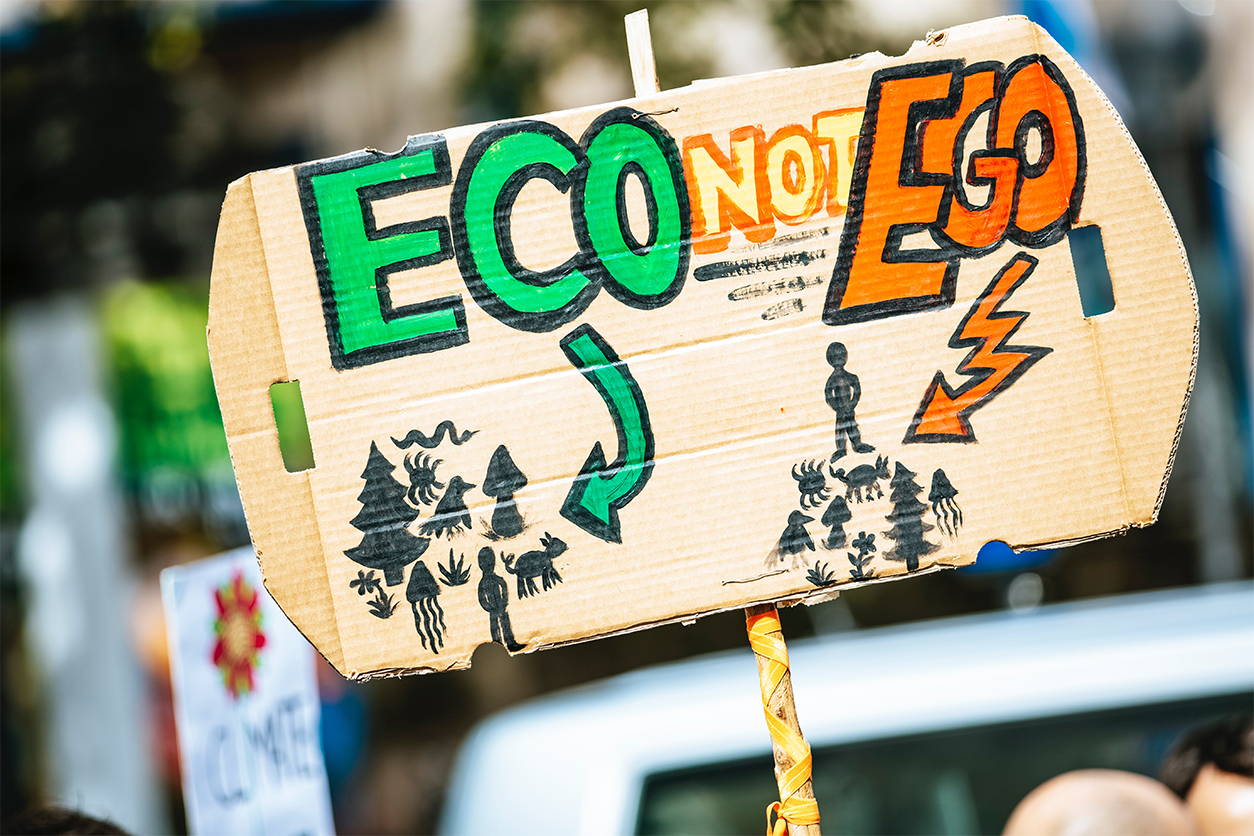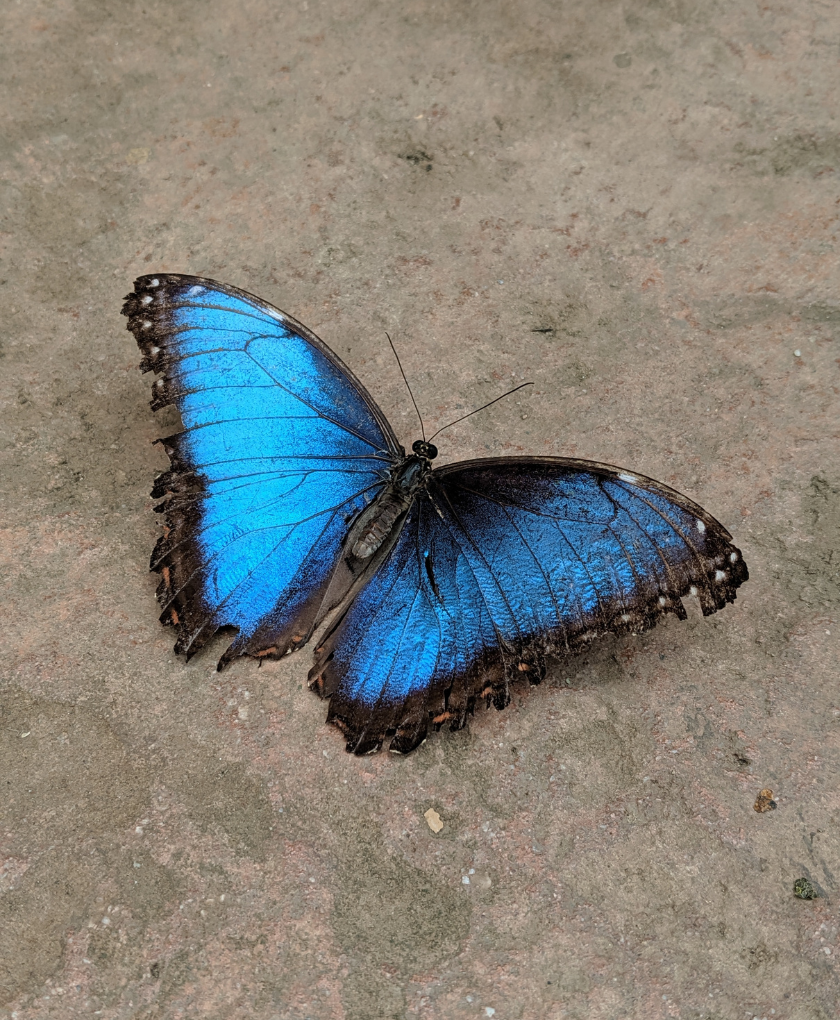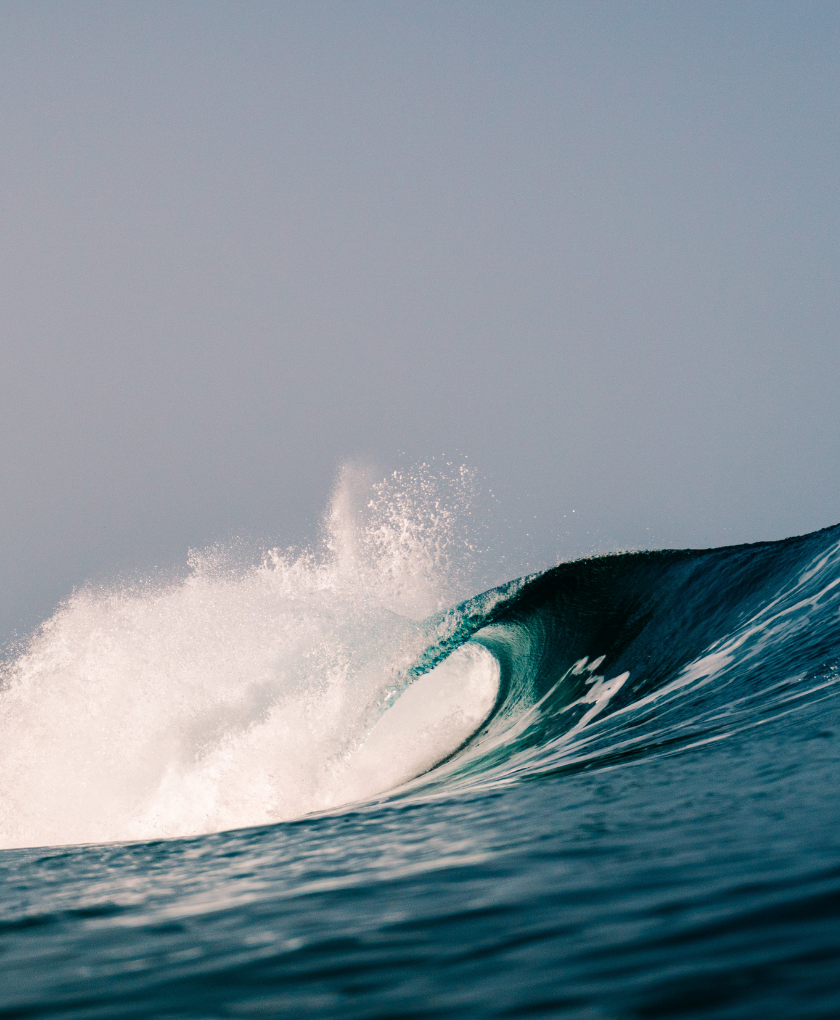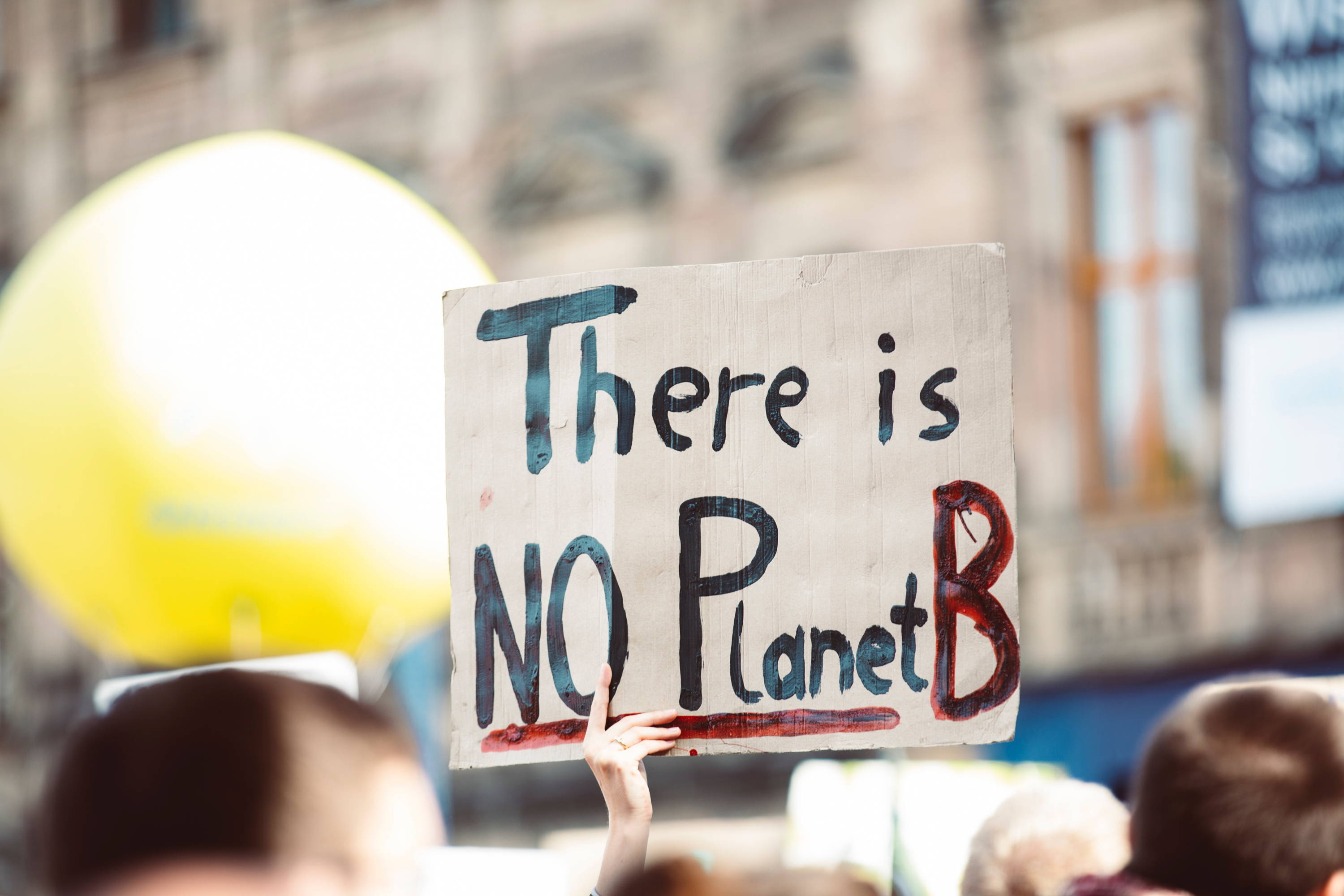
Photo by Markus Spiske
#EDITORIAL
Some Like It Hot, but climate change and global warming are pushing summer to extremes
18 July '22
5 minutes
Words by Mayra Quispe Trejo
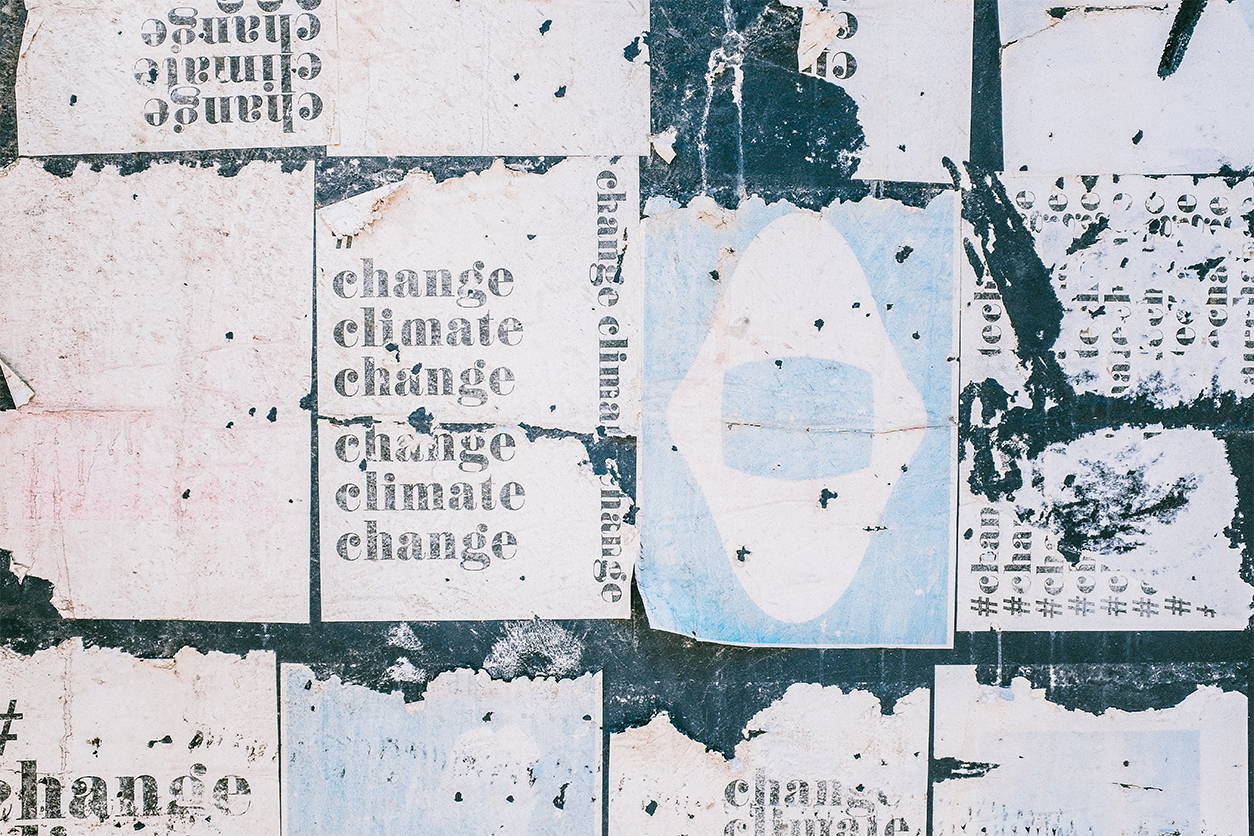
Photo by Daria Shevtsova
Climate Change is a reality
It is happening all around the globe, and the consequences are, in several cases, irreversible. The wildfires in Australia and Brazil, the River Po in Italy that has dried up, and the French hit waves of 40º Celsius degrees, among other examples, prove that words are not enough and actions need to be taken.
To take action, it is fundamental to understand some facts about climate change:
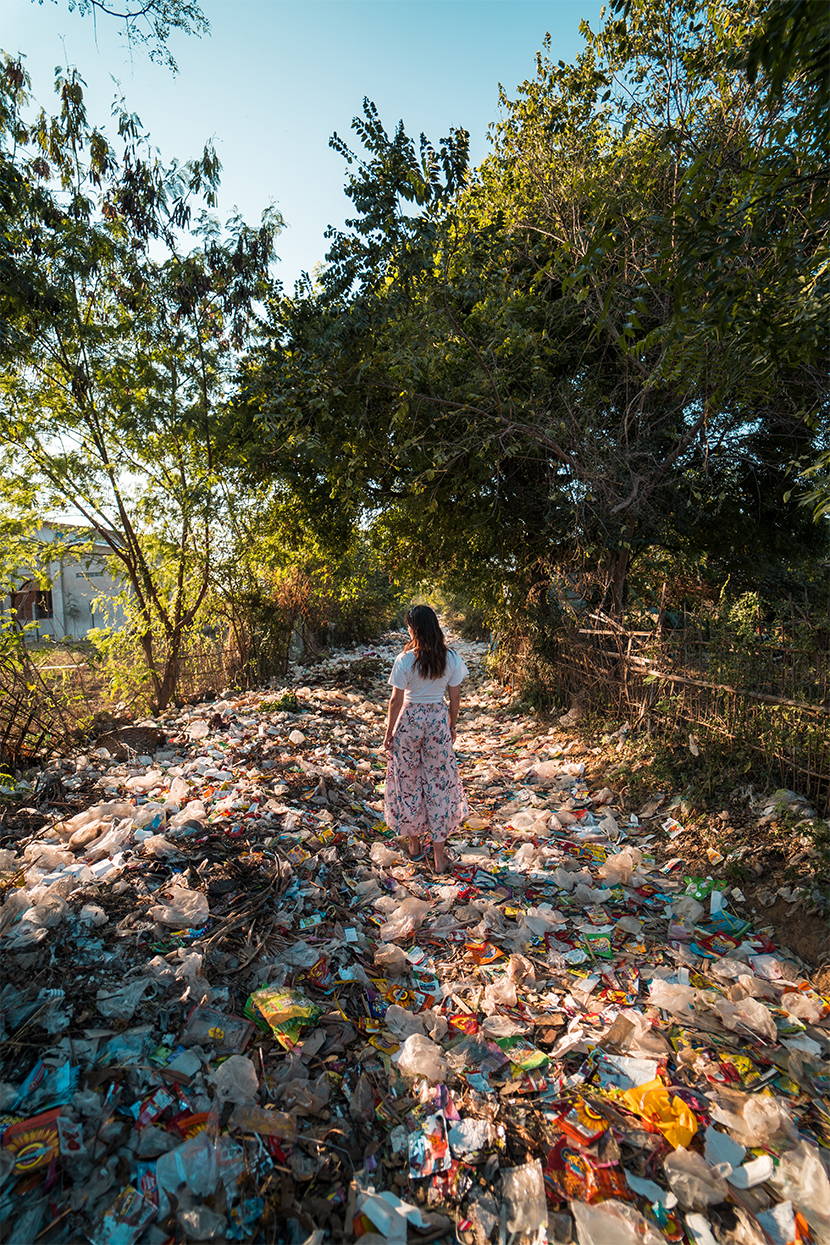
Photo by Stijn Dijkstra
According to NASA, the current warming trend, one of the most significant climate change consequences, is unequivocally the result of human activity since the mid-20th century and proceeding at a rate that is unprecedented over millennia. It is undeniable that human activities have warmed the atmosphere, ocean, and land and and have significantly contributed to global warming.
Moreover, in the Fifth Assessment Report, the Intergovernmental Panel on Climate Change (IPCC) composed of a panel of 1,300 independent scientific experts concluded that there is a 95% possibility that human-produced greenhouse gases such as carbon dioxide, methane, and nitrous oxide have caused global warming and much of the observed increase in Earth's temperatures over the past 50 years.
The fifth ICC report affirms that one of the principal causes of warmer temperatures and global warmingis industrial activities of our modern civilization. In fact, they have raised atmospheric carbon dioxide levels almost twice over the past 150 years.
2. Decrease of snow cover
Climate change and global warmingis also having a critical impact on our winter seasons. Recent NASA findings reveal that the amount of snow cover in the Northern Hemisphere has decreased over the past five decades and the snow is melting earlier.
The United States Environmental Protection Agency (EPA) explains the cause of this disaster. For them, warmer temperatures cause more water to evaporate from the land and oceans, which leads to more precipitation, larger storms, and more variation in precipitation in some areas. In general, the form of those precipitation falls in the form of rain instead of snow.We can see the decrease in snow cover in the Alps, according to a recent report elaborated by EURAC Research Institute: “Snow cover decline varied among different parts of the Alps, ranging from a drop of 2.8cm per decade in the Northern Alps to a drop of 4.1cm in the Southern Alps”. This phenomenon is not just happening in the north. The Andes mountains have suffered from an unprecedented drought, the snow cover has decreased drastically in the past three years. Many glaciers have started an accelerating process of retreat such as Huascaran in Peru or Patagonia ice fields in Argentina.
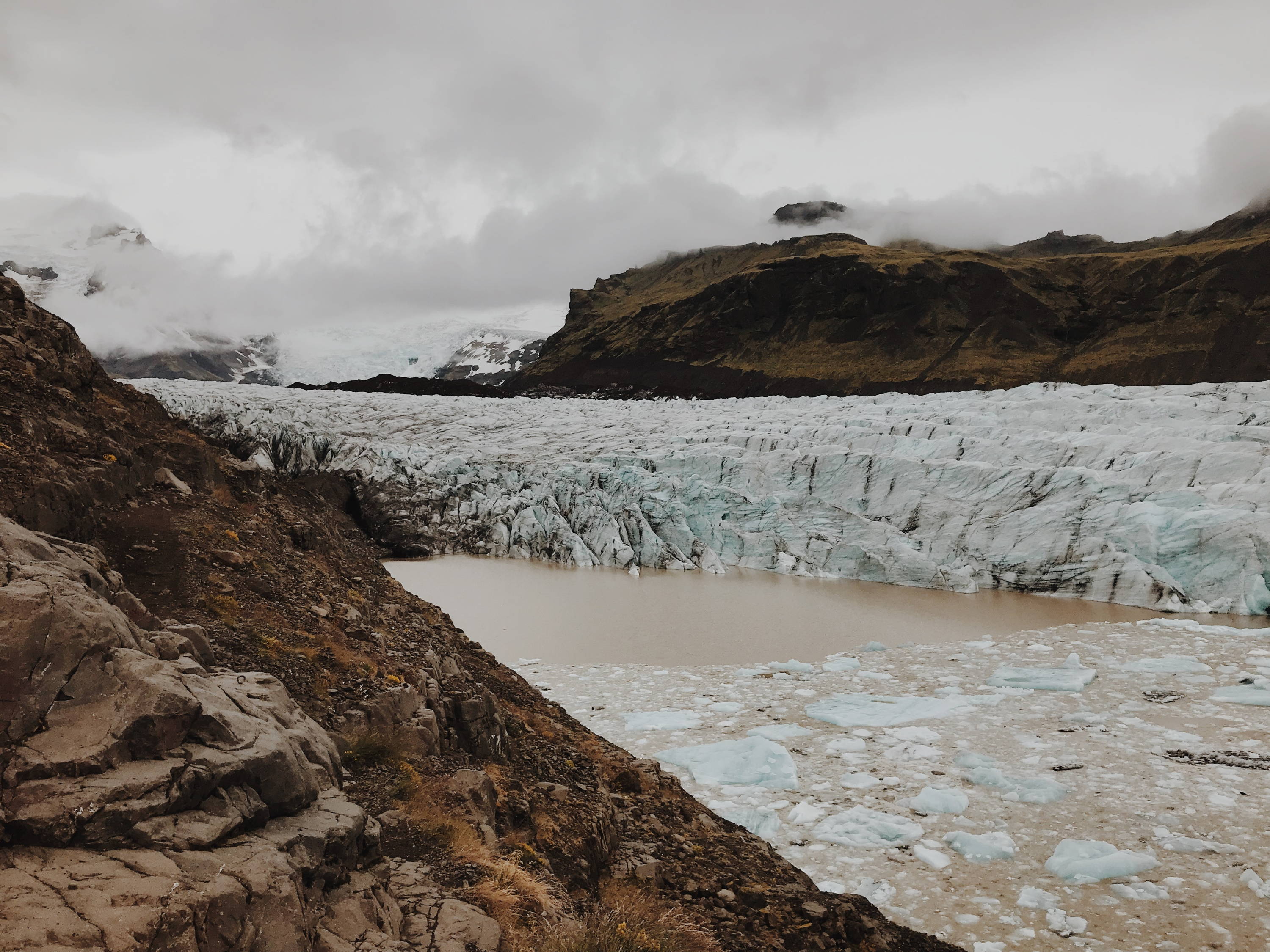
Photo by Mark Neal
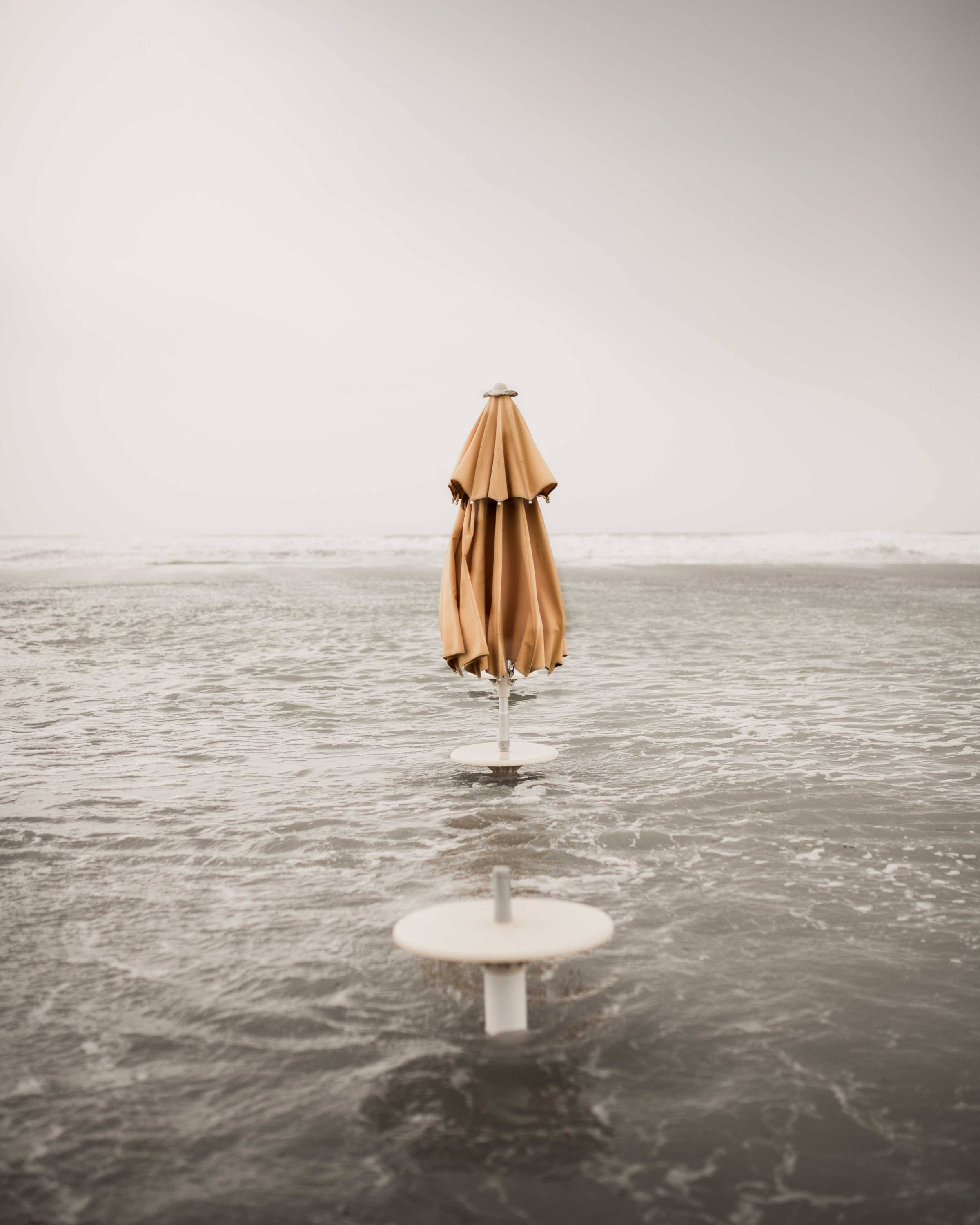
Photo by Riccardo Pitzalis
3. Rising sea level
The rising of sea levels is caused by climate change, in particular for the higher temperatures increasing year by year. The two main ways for this event to happen are the melting of ice sheets and glaciers and thermal expansion of the seawater.
As we see precedently, the decrease of snow and the melting of ice sheets is happening in an incredibly hasty way. As a result, all the water coming from this process flows into the sea, increasing in this way, the level of the sea. Regarding the thermal expansion, the ocean absorbs the additional heat due to climate change and global warming, which causes the expansion of the water, similar to how heat affects most other materials.
According to NASA, global sea levels are rising as a result of human-caused climate change and global warming, with recent rates being unprecedented over the past 2,500-plus years.
Moreover, the North American Institute affirms that the global sea level rose about 8 inches (20 centimeters) in the last century. The rate in the last two decades, however, is nearly double that of the last century and accelerating slightly every year.
Climate change is also impacting our habitat and the living species that surround . According to the UN report on Nature’s Dangerous Decline ‘Unprecedented’; Species Extinction Rates ‘Accelerating’, the average abundance of native species in most major land-based habitats has fallen by at least 20%, mostly since 1900. More than 40% of amphibian species, almost 33% of reef-forming corals, and more than a third of all marine mammals are threatened.Moreover, at least 680 vertebrate species had been driven to extinction since the 16th century. More than 9% of all domesticated breeds of mammals used for food and agriculture had become extinct by 2016, with at least 1,000 more breeds still threatened.
Among the one million animals and plants in danger of extinction, we havepolar bears, koalas, Adélie penguins, leatherback sea turtles, and monarch butterflies.
Furthermore, an essential species in the food chain is changing its vital functions because of climate change. The rise in temperatures forces bumblebees to remain in spaces with cool weather. This makes spring flowers bloom earlier than normal. Thus, bees have less time to pollinate. Pollination is crucial for growing plants, which produce our daily meals. According to Pollinators Partnership, between 75% and 95% of all flowering plants on the earth need help with pollination – they need pollinators. Pollinators provide pollination services to over 180,000 different plant species and more than 1200 crops. That means that 1 out of every 3 bites of food we eat is there because of pollinators.
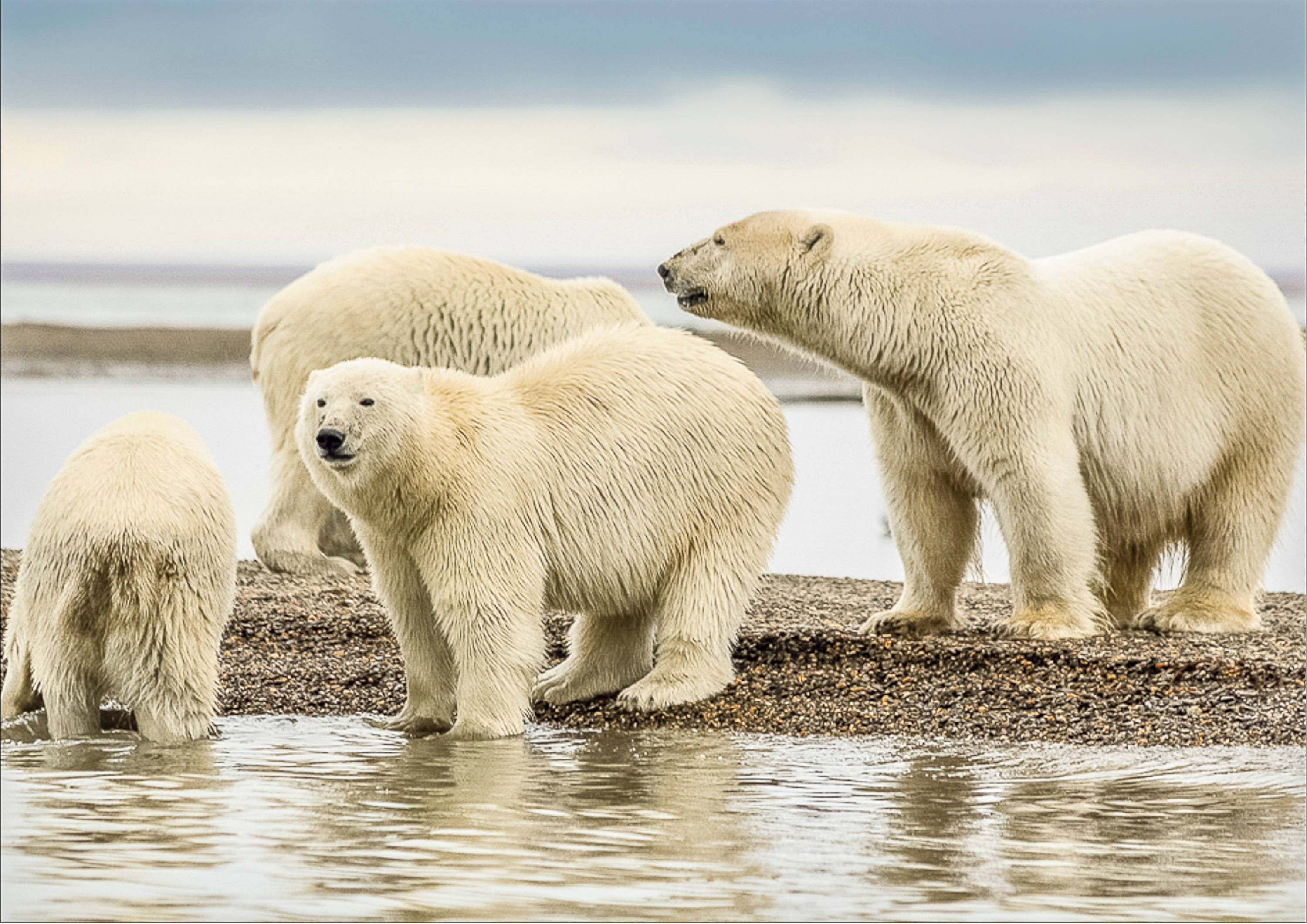
Photo by Dick Hoskins
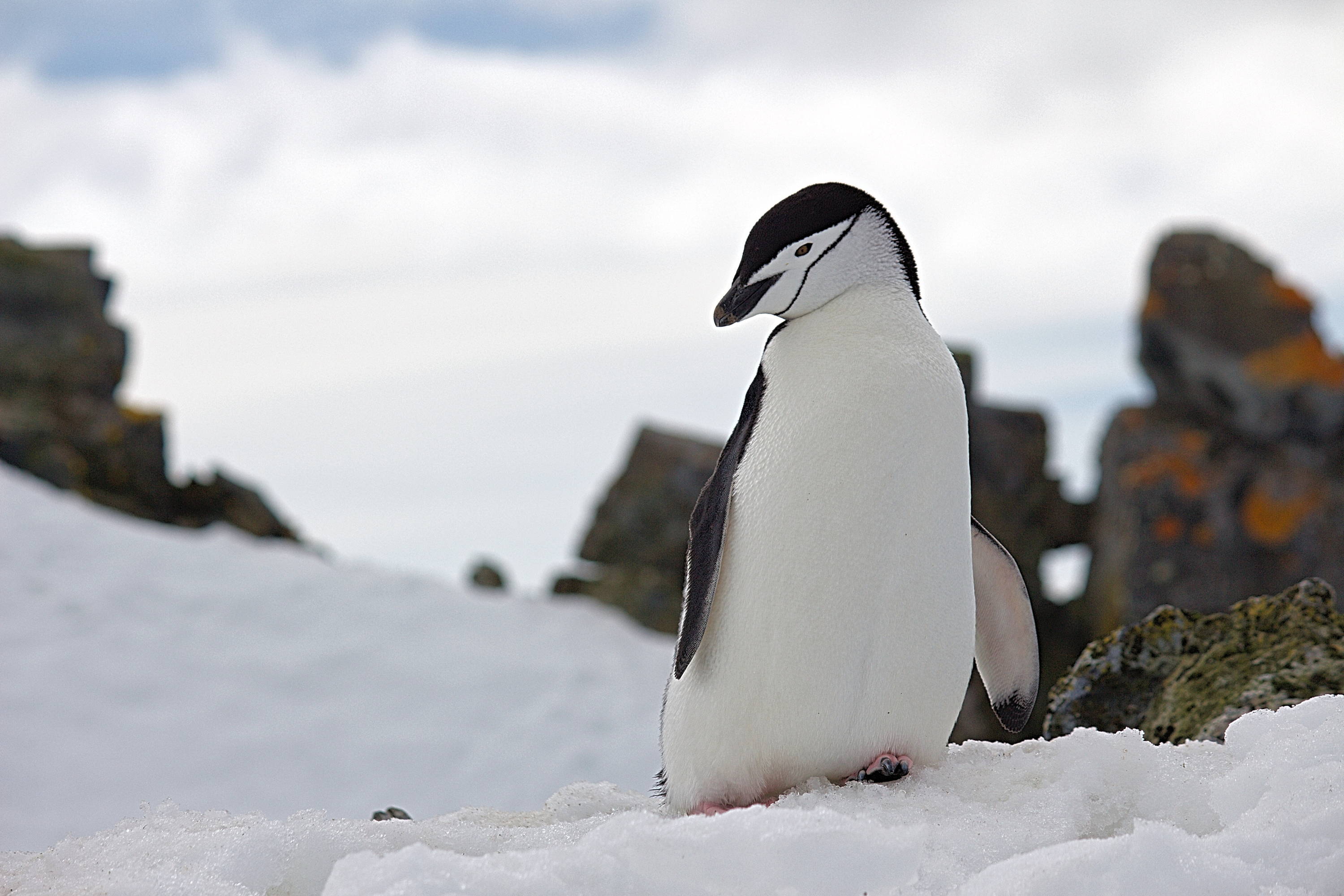
Photo by Dsd
These four facts are scientifically proven and we are facing those changes in our everyday life. This time calls for more than words; it calls for actions. Now that you know that we are the main cause of climate change and global warming, that our snow holidays will never be the same, that the sea level is rising in a world where two-thirds of it is made of water, and that future generations will not witness many beautiful species because of extinction , are you willing to make changes for us, for the planet?
Here, we help you with some ideas to get involved in the change. The change should start with us, therefore, to start, you can make the “3R” a mantra of life, reduce, reuse, and recycle.
You can also make donations to organizations committed to fighting climate change. Such as One Three Planted, Cool Earth, Carbon 180, Greenpeace, and WWF.
It is also important to raise your voice and let other people know that changes need to be done; activism is an important part of the change. We have Greta Thunberg, Sebastião Salgado, David Attenborough, Sumaira Abdulali, among other crucial environmental activists. They raised awareness about climate change and the role of the citizens and governments. Their voices crossed the world and the message was delivered. However, there is still a lot of work to do.
Every one of us can be that voice in our communities, cities, families, or groups of friends. For that, it is crucial to stay informed using reliable sources, such as international organizations or panels of scientists, such as the United Nations Environment Programme, Intergovernmental Panel on Climate Change, and the World Meteorological Organization.
Moreover, sharing this information and promoting good practices is essential to replicate those behaviors and generate a change.
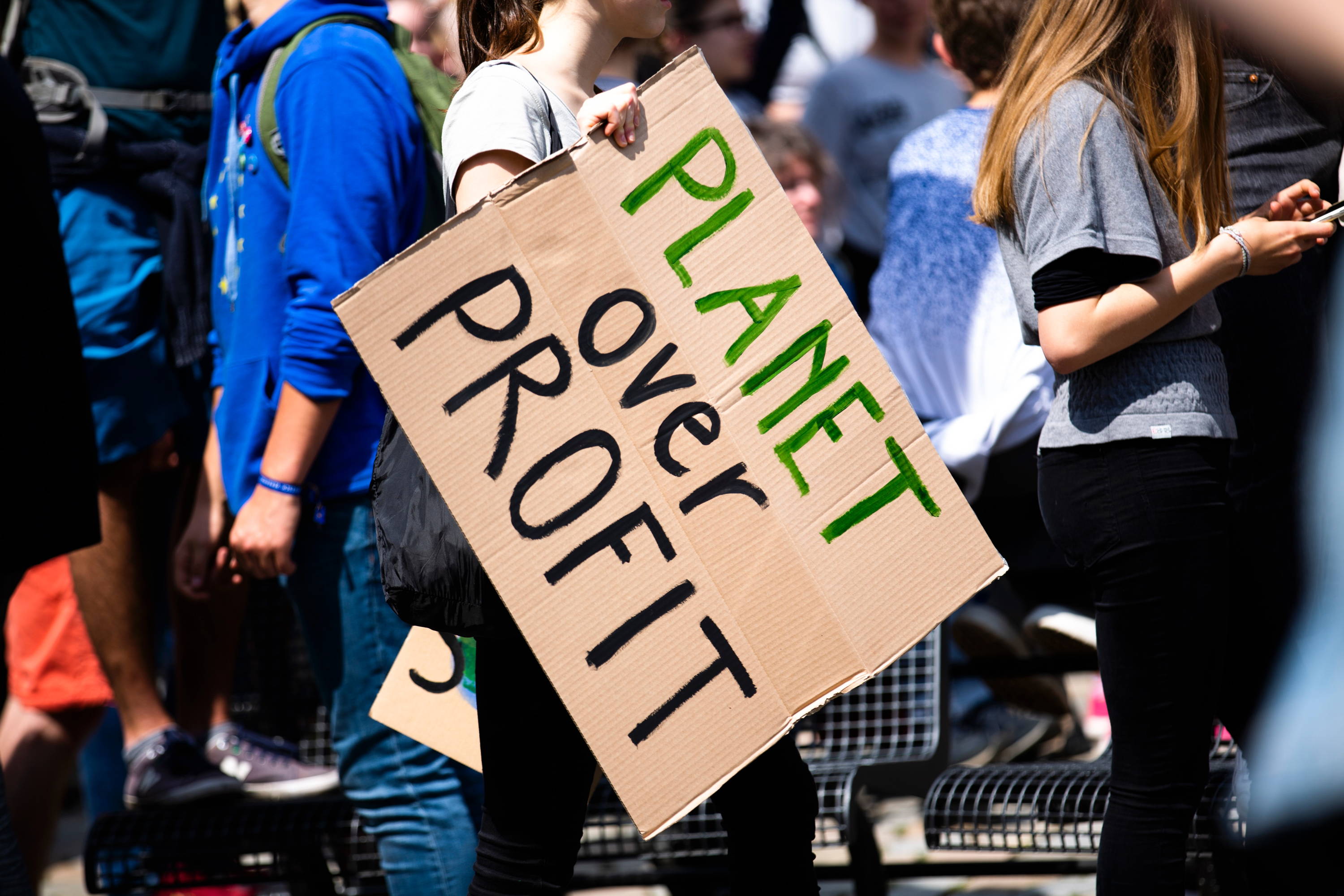
Photo by Markus Spiske
